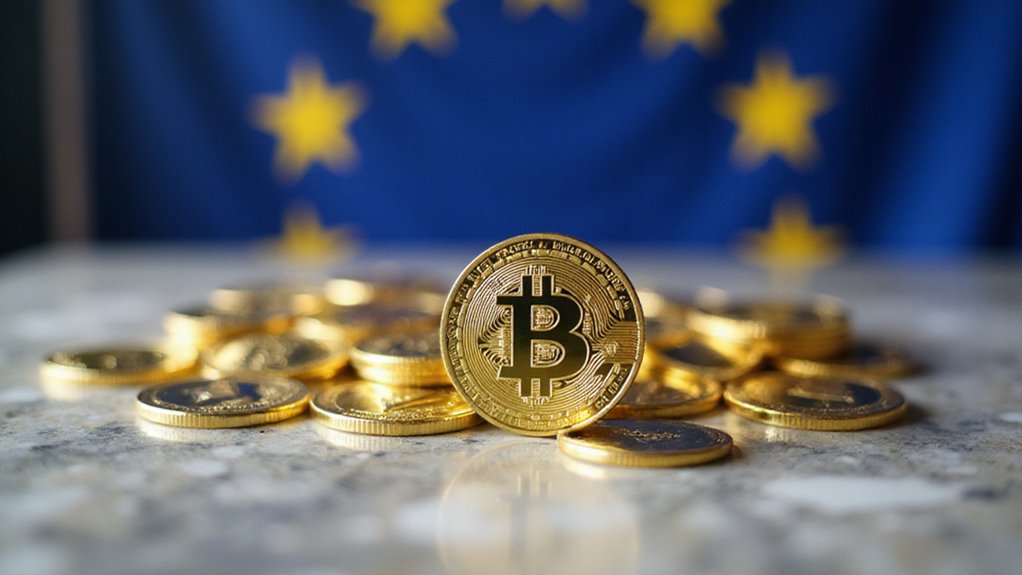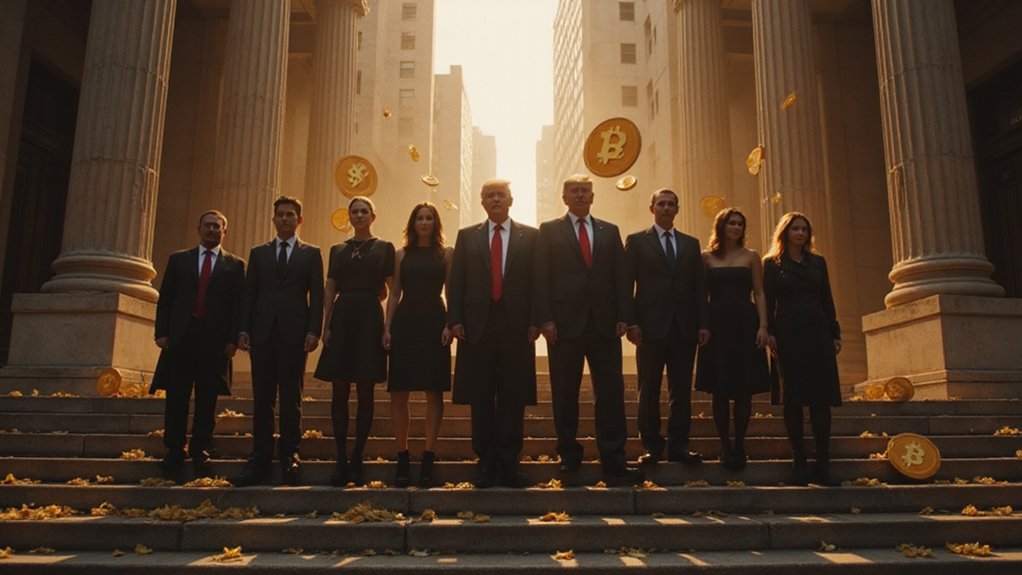The mechanics are straightforward enough: swipe your Coinbase Card (featuring a modest $0 annual fee but up to 3% payment processing charges), and your cryptocurrency holdings instantly metamorphose into dollars to pay for your morning coffee.
Meanwhile, you earn 4% back in select tokens—a reward structure that would make traditional credit card executives weep with envy or possibly terror.
Binance has arguably refined this alchemical process, offering zero conversion fees at market rates while dangling cashback rewards ranging from a pedestrian 0.1% to an eyebrow-raising 8% in BNB tokens, depending on your commitment to their ecosystem.
The reward tiers operate on a simple principle: the more crypto you stake, the more crypto you earn—a financial ouroboros that would impress ancient philosophers.
A perpetual loop where cryptocurrency begets cryptocurrency—digital alchemy that transforms staking into an endless cycle of token accumulation.
Gemini’s offering takes a more measured approach, providing 3% back on dining and 2% on groceries across 50+ cryptocurrencies, backed by their regulated U.S. exchange credentials.
Crypto.com pushes the envelope further with their tiered system, where substantial CRO token staking reveals not just higher rewards but airport lounge access—because nothing says “decentralized finance” like complimentary airport champagne.
The fee structures reveal the true cost of this convenience.
While annual fees remain minimal, payment processing charges (0.2% to 3%) and ATM withdrawal fees (0.9% upward) can accumulate faster than transaction fees during a network congestion event. Some premium crypto credit cards even offer credit line rates as competitive as 0% to 6.9% for their highest-tier customers.
International transactions carry additional premiums, making these cards potentially expensive for globe-trotting crypto enthusiasts.
This landscape has evolved dramatically as major payment networks have begun integrating blockchain technology, transforming what were once niche financial experiments into legitimate payment infrastructure. Despite facing significant regulatory challenges including a $4.3 billion settlement for compliance violations, platforms like Binance continue to maintain their position as dominant players in the crypto payment space.
Ultimately, these cards serve as bridges between digital asset speculation and mundane commerce, offering tantalizing rewards while quietly extracting fees from users keen to spend their cryptocurrency gains—assuming, of course, that gains actually exist.









